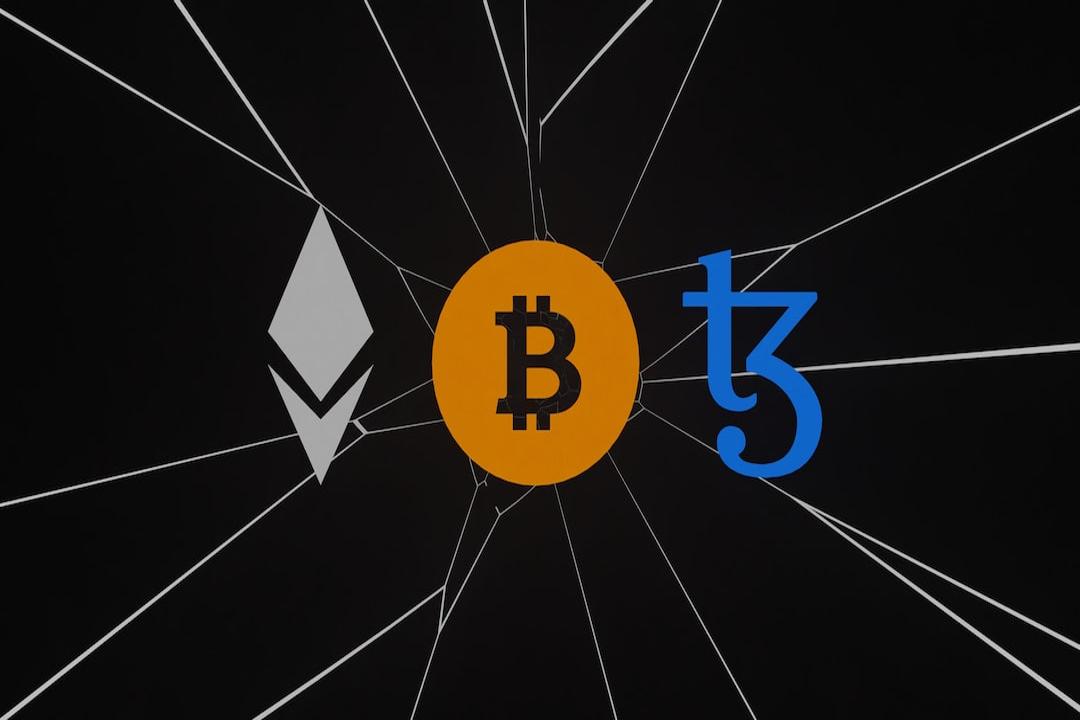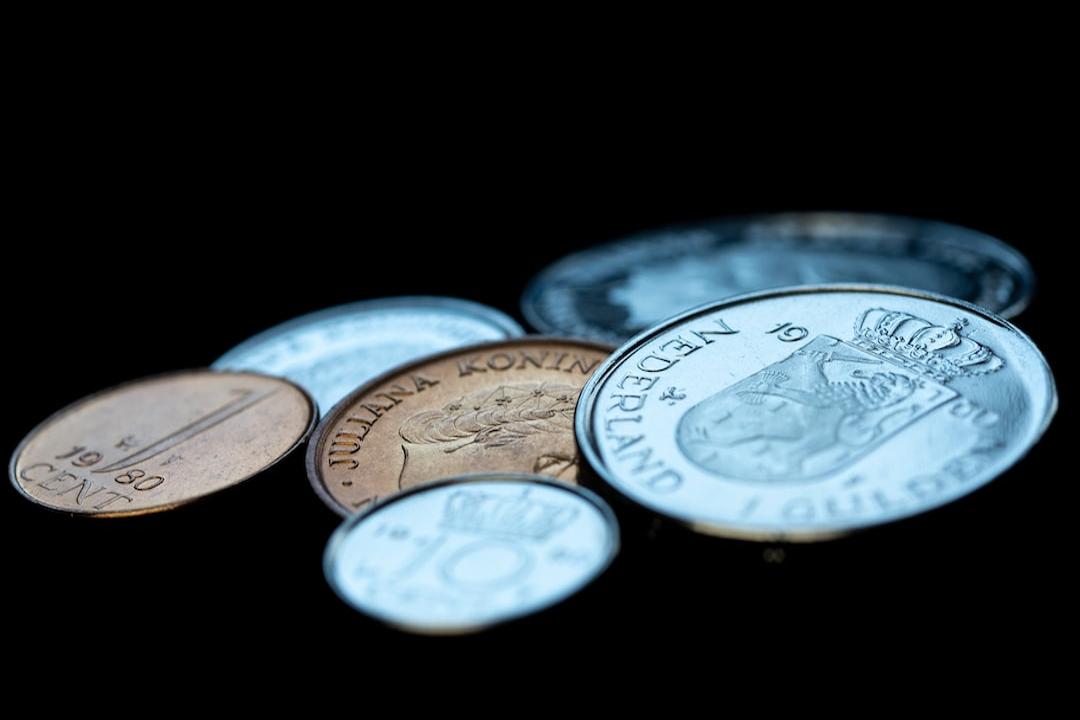After being stolen funds injected, Monero’s market value soared, is Monero a hotbed of crime or a continuation of “crypto spirit”?
(Background): Online detectives warn: suspected $330 million in Bitcoin stolen and laundered into Monero, XMR surged 50% at one point.
Yesterday, the “ancient” privacy coin Monero ($XMR), which has been quiet for a long time, suddenly surged. It rose by 30% in a single day, with the price reaching a high of $329, the highest price since 2021. What is this old coin from 11 years ago? And why did it suddenly surge?
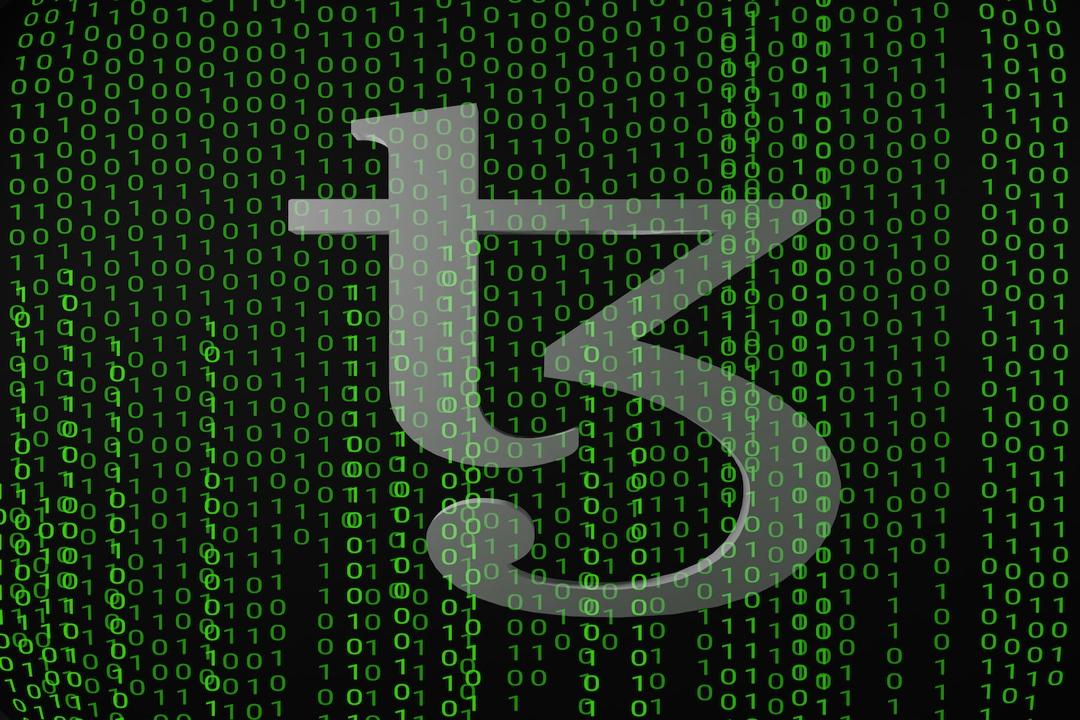
The OG privacy coin
In 2013, Nicolas van Saberhagen published the “CryptoNote” protocol, and Monero was born in April 2014 based on this, switching to RandomX in 2019. Monero uses technologies such as ring signatures, stealth addresses, and RingCT to hide the sender, receiver, and amount of transactions. This high level of anonymity gives it an advantage in privacy protection. While it appeals to many enthusiasts of “liberalism” due to its focus on privacy, decentralization, and scalability, it has also become a hotbed for criminals.
(Background): A UN report warns that terrorist organizations are using Monero for fundraising, and regulatory “shackles” may be imminent.
Criminals’ “favorite”
In the late summer of 2016, with the arrest of Silk Road founder Ross William Ulbricht, the police gained tracking technology for Bitcoin. Major dark web markets like AlphaBay began abandoning Bitcoin in favor of the more untraceable Monero. North Korean hacker group Lazarus Group also favored using Monero to “clean” assets, leading to Monero’s first market value breakthrough in 2016 from $5 million to $185 million and rapid growth in transaction volume.
In 2020, Monero experienced a second wave of popularity. Terrorist organization ISIS updated their website to no longer accept Bitcoin donations but instead favor more private tokens like Monero. This shift was due to the difficulty of transferring or cashing out large amounts of Bitcoin reserves for terrorist organizations. The use of Monero for dark web transactions increased by 70% that year, with Monero becoming a major payment tool due to its privacy features, accounting for 45% of transactions, almost on par with Bitcoin.
Dark web transactions, scams, ransom payments for kidnappings, and exit routes for hackers stealing coins have made Monero notorious, with widespread adoption in “underground transactions.” In 2020, XMR token prices rose from $50 at the beginning of the year to $150 by the end of the year, reaching $450 by mid-2021.
Key to freedom
Although Monero has long been associated with “crime,” it is merely a technical tool. The Monero development team has always maintained a position of “code neutrality.” They emphasize that “Monero is designed for everyday use by ordinary people, and any technology can be abused, such as cash.” They do not cooperate with criminal activities or have any connections with criminal organizations.
Therefore, in another sense, it upholds Bitcoin’s “transaction freedom” and is highly supported by geeks who advocate for “liberalism,” “privacy first,” and “decentralization against censorship.” Many in the community believe that it is the true Bitcoin.
John McAfee, the founder of the first antivirus software McAfee, is one of them. He stated in various occasions that “Monero is one of the true anonymous cryptocurrencies, while Bitcoin is not truly anonymous.” The anonymity and untraceability of Monero align well with McAfee’s long-standing advocacy of “privacy liberalism.”
Even the “Bitcoin Jesus” Roger Ver “defected.” In his first public interview after being released on bail in 2024, he stated that he decided to abandon Bitcoin in favor of tokens like Monero that provide more privacy. “Most people are using custodial wallets now, which are not wallets at all but just accounts, with no more privacy than your account at a US bank or PayPal. Luckily, there are other cryptocurrencies like Monero that can provide more privacy protection.”
In regions where cryptocurrencies are active, some e-commerce or independent merchants accept Monero as a payment method, such as some online stores selling hardware wallets or cryptocurrency peripherals, or offline retail stores. Community member Schmidt also shared a receipt for purchasing low-fat organic cocoa drink at Spar with Monero.
Note: SPAR is one of the world’s largest food retail chains, founded in 1932 by Adriaan van Well in the Netherlands. With over 13,900 stores in 48 countries. The Kroizlingen store where the community member made the purchase is located in Switzerland and has attracted attention for accepting cryptocurrencies such as Bitcoin and Monero.
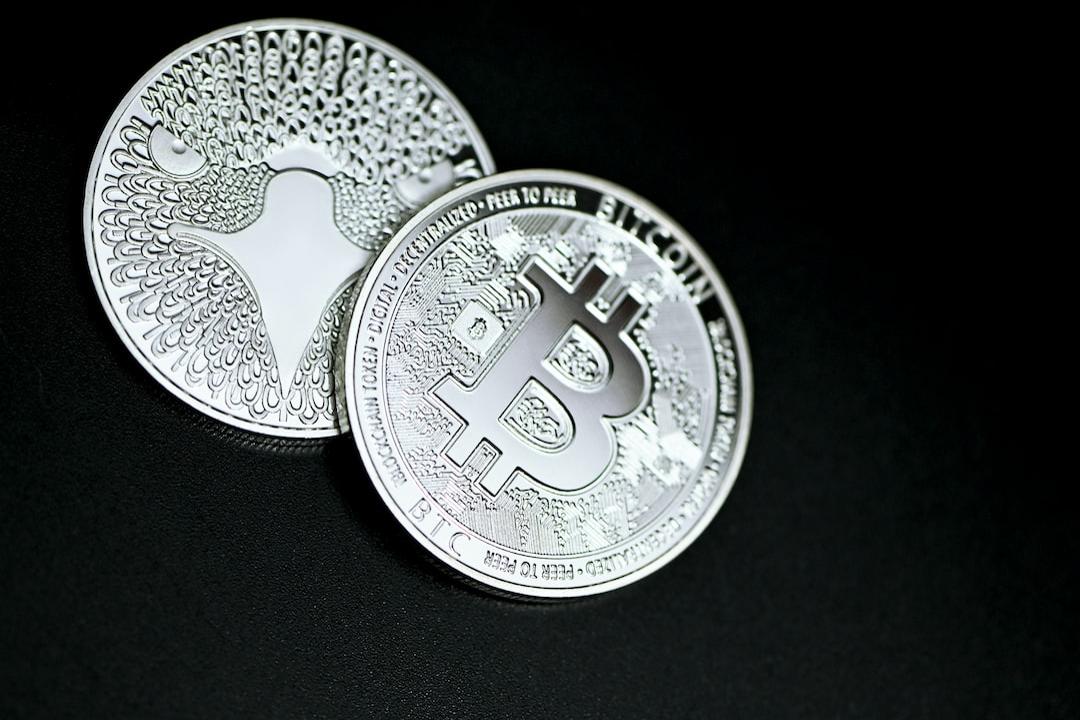
When the comment section evaluates Monero as a cryptocurrency used for “money laundering,” renowned online detective ZachXBT retorts, “No, I often use Monero for payments,” indicating that he is also a Monero enthusiast.
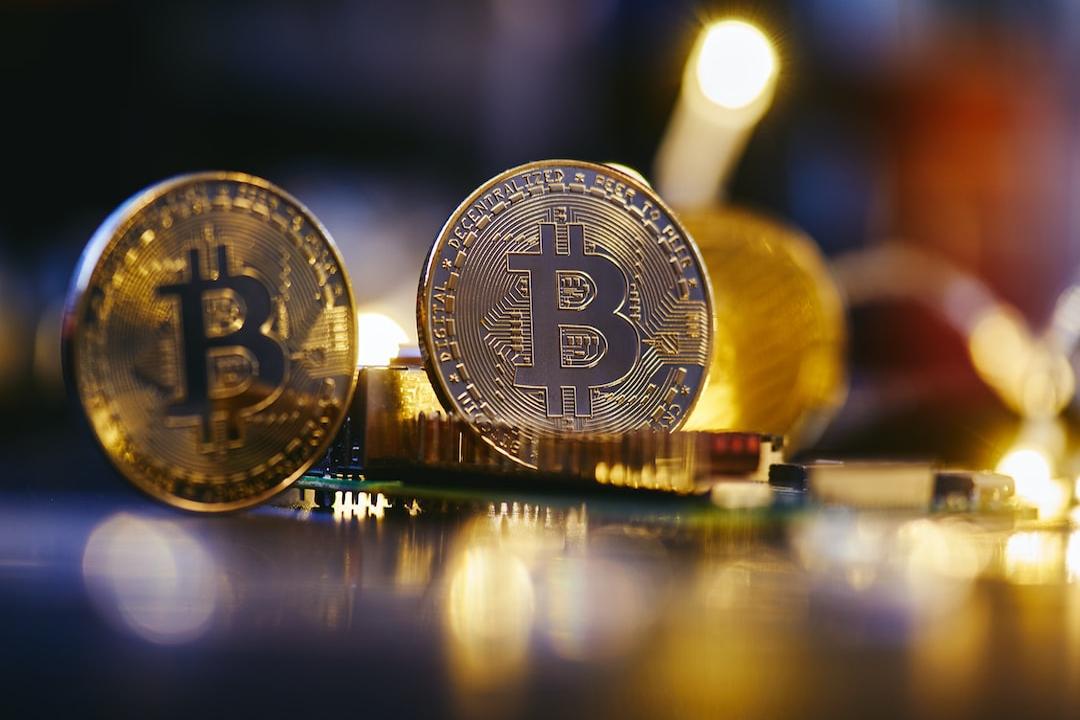
Short-term Pump or Value Discovery?
Flow of stolen funds
Online detective ZachXBT posted on social media, “Nine hours ago, a suspicious transfer occurred at an address, with an amount of 3520 Bitcoins (approximately $330.7 million). Subsequently, these funds began to be laundered through more than 6 instant trading platforms and exchanged for Monero, leading to a 50% surge in Monero prices.”
This also led to a large number of short contracts for the token being closed, forcing traders to buy back assets. With the increasing demand for spot transactions, this further increased upward pressure. These factors together may have contributed to Monero’s recent sudden surge.
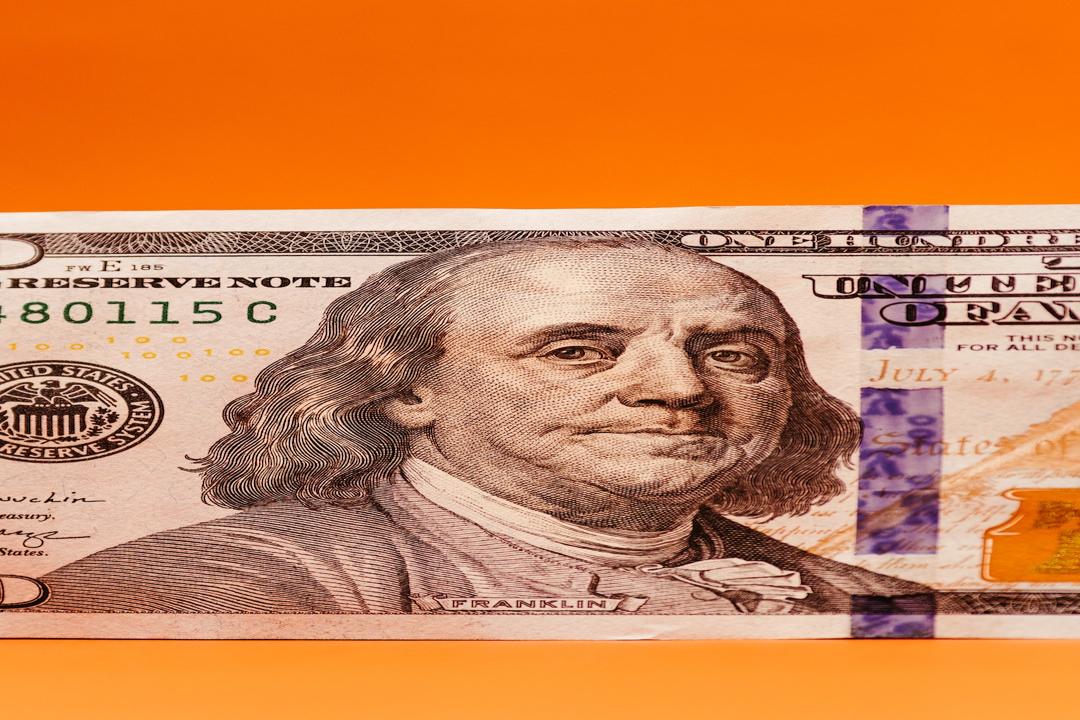
Positive project progress
Some analysts believe that the growing expectations of Monero upgrade proposals EP159 and EP160 are also factors in this recent surge. These proposals could make Monero more compliance-friendly, allowing users to provide transaction validity proofs without exposing sensitive personal information. The community believes that this upgrade may result in Monero, which has been delisted by major CEXs after the 2024 EU updates to anti-money laundering regulations, being relisted on top-tier compliant CEXs such as Binance and Coinbase.
Additionally, the first DeFi project in the Monero ecosystem, Tari, is about to launch, planning to merge and mine with Monero and go live on May 6th. Many in the Monero community are eagerly anticipating this project.
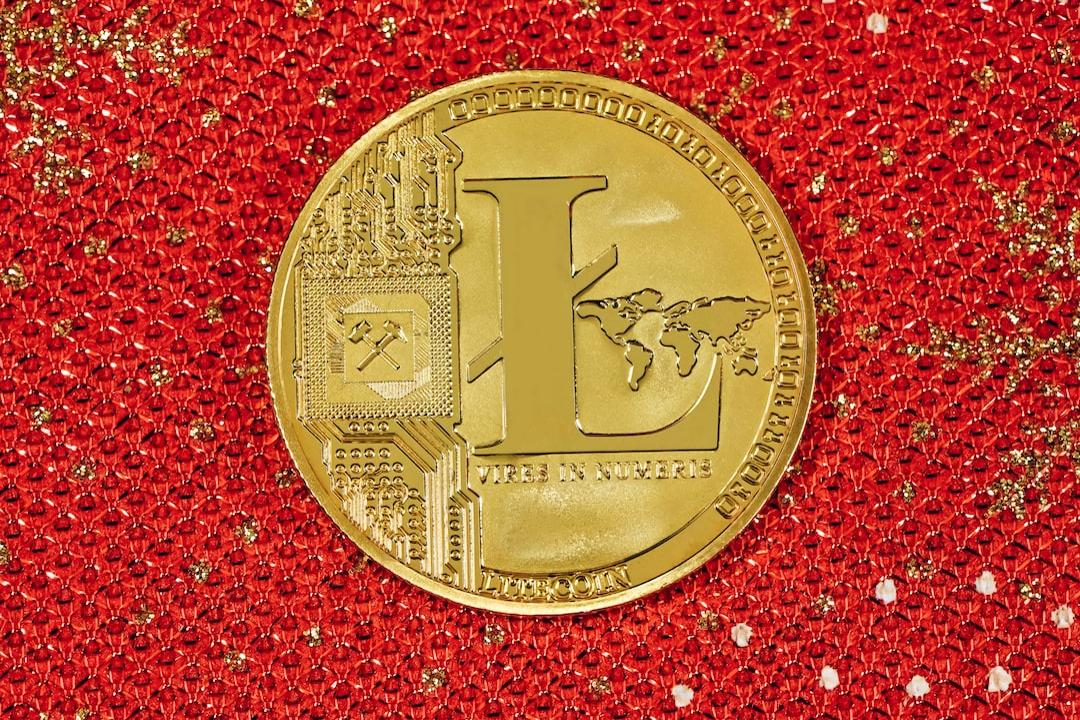
When a tool is created, moral concepts give it more meanings. Monero is like a symbol of current cryptocurrencies, balancing between “freedom” and “regulation,” and wavering between “human rights” and “crime.” The goodness and evil of human nature are amplified here infinitely, as Einstein commented on the atomic bomb, “Scientific technology is a double-edged sword, which can benefit mankind or destroy the world.”
